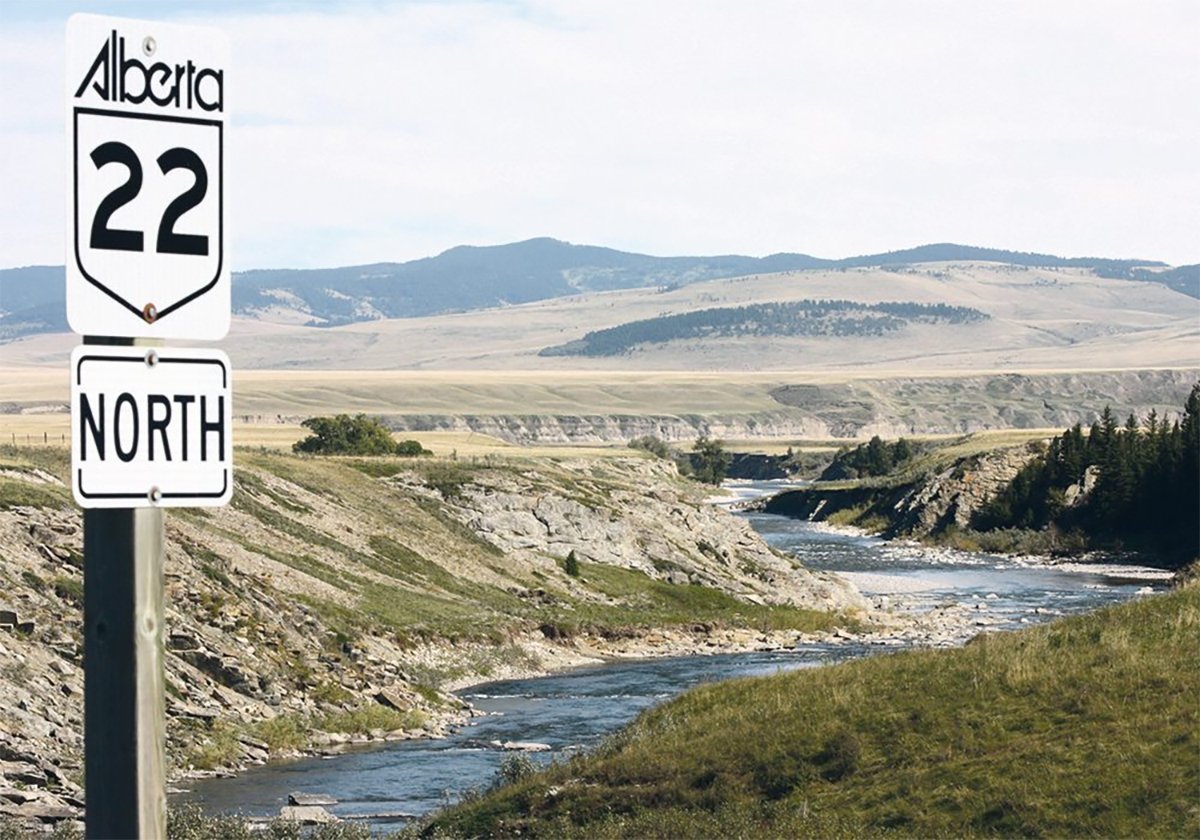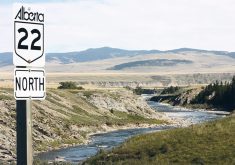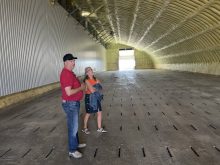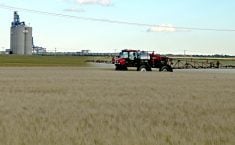GRANDE PRAIRIE, Alta. – Record high temperatures are expected in the heart of the American midwest corn and soybean belt this summer, predicted climatologist Cliff Harris.
Last year’s drought in the western United States will move east into the corn belt, the Idaho climatologist told producers during the Alberta Canola Producers Commission annual meeting last week.
The expected drought won’t be good for American corn and soybean producers, but it could help keep the price of canola high for Canadian farmers, he said.
“If central U.S, gets hit with a major drought, look for your price of canola to go up,” he said.
Read Also

New coal mine proposal met with old concerns
A smaller version of the previously rejected Grassy Mountain coal mine project in Crowsnest Pass is back on the table, and the Livingstone Landowners Group continues to voice concerns about the environmental risks.
The strange weather is caused by the slowly disappearing weather pattern known as El Nino, a reversing of trade winds in the Pacific and Indian Oceans.
“As long as we don’t see another strong El Nino in the south central Pacific in the next four to six months, there’s at least a 60 percent chance that the Corn Belt states will see the hottest weather in at least seven years next summer.”
The last droughts in the midwestern U.S., in 1983 and 1988, followed El Ninos in the Pacific and Indian Oceans.
“There hasn’t been a major drought in the Midwest in nearly seven years, but another crop-damaging episode may occur,” he said.
“Remember, usually it’s the extreme heat that is responsible for most of the crop damage, not the dryness.”
On the flip side, a polar jet stream will snake across the northern states near the Canadian border, bringing plenty of rain to the Prairies in the spring and summer.
Harris predicted Alberta will be “pretty wet” except for the area around Medicine Hat.
“From Red Deer north there should be a lot of moisture.”
















